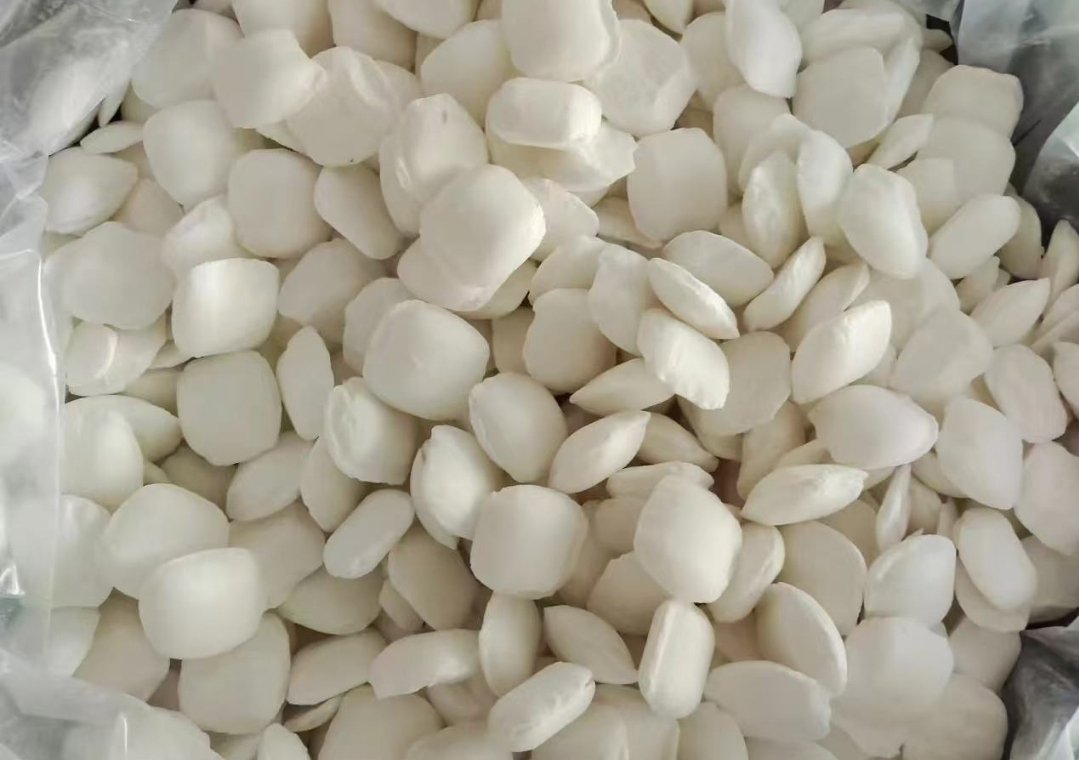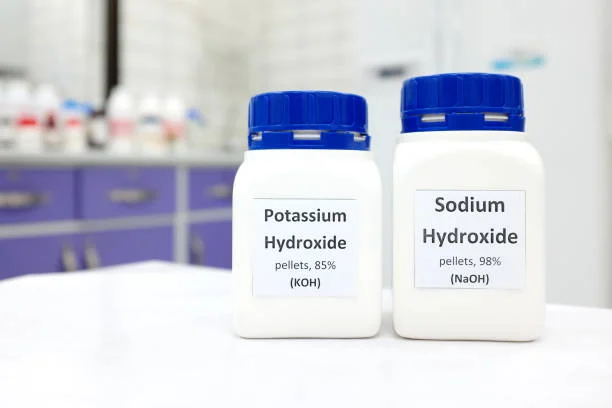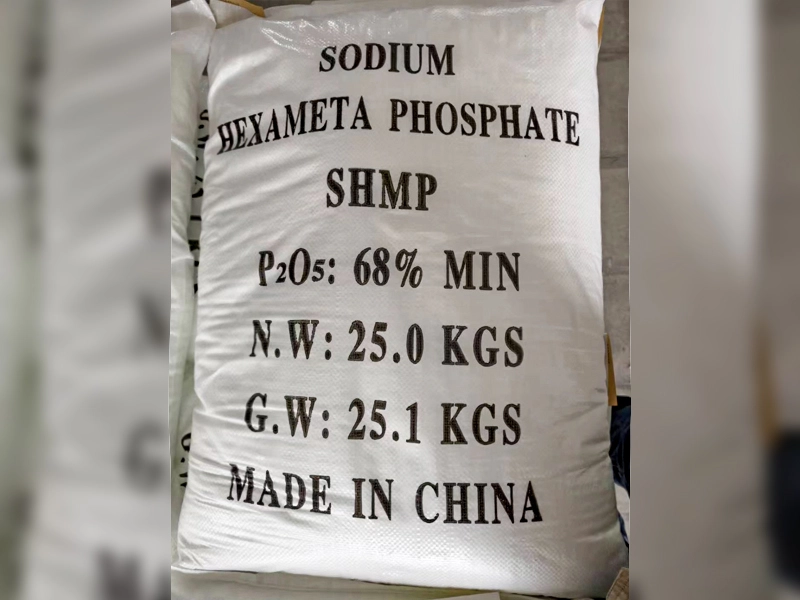
In the realm of water treatment, the choice between quicklime (calcium oxide, CaO) and hydrated lime (calcium hydroxide, Ca(OH)₂) is a critical decision that can significantly impact the efficiency, cost, and environmental impact of the treatment process. Both substances play crucial roles in various water treatment applications, but their distinct properties and behaviors make them more suitable for specific scenarios. Let's delve into a detailed comparison to determine which one might be the better choice for your water treatment needs.
Chemical Reactions and pH Adjustment
When quicklime is added to water, it undergoes an exothermic reaction, rapidly producing heat and converting into hydrated lime: CaO + H₂O → Ca(OH)₂. This reaction is highly energetic and can raise the temperature of the water significantly. On the other hand, hydrated lime is already in a hydroxide form and dissolves in water without such a violent heat release.
Both quicklime and hydrated lime are effective in adjusting the pH of water. They are strong alkalis that can neutralize acidic water, making it suitable for further treatment or safe for discharge. However, due to the continuous conversion of quicklime to hydrated lime in water, it can provide a more sustained source of alkalinity for pH adjustment. This can be advantageous in treating highly acidic industrial wastewater, where a substantial and continuous increase in pH is required.
Disinfection and Pathogen Removal
Quicklime's exothermic reaction, combined with the high pH it creates, makes it an excellent disinfectant. The heat generated can denature proteins and cell membranes of pathogens, while the high alkalinity is lethal to many bacteria, viruses, and parasites. This makes quicklime particularly useful in emergency water treatment situations or in treating water sources with a high risk of pathogen contamination, such as in some developing regions or after natural disasters.
Hydrated lime also has some disinfectant properties due to its alkalinity. It can help control the growth of microorganisms in water, especially in water distribution systems where maintaining a slightly alkaline pH can inhibit the growth of certain bacteria. However, its disinfection power is generally not as strong as that of quicklime.
Precipitation and Removal of Impurities
Both quicklime and hydrated lime can react with various impurities in water to form precipitates, which can then be removed through sedimentation or filtration processes. For example, they can react with phosphates to form calcium phosphate precipitates, helping to remove phosphorus from water. This is important in preventing eutrophication in water bodies, as excessive phosphorus can lead to algal blooms and oxygen depletion.
In the case of removing heavy metals, hydrated lime is often preferred. It can react with heavy metal ions such as lead, mercury, and cadmium to form insoluble metal hydroxides. These precipitates can be easily separated from the water, effectively reducing the heavy metal content. The relatively milder reaction of hydrated lime compared to quicklime makes it more suitable for this application, as it allows for better control of the precipitation process.
Cost and Handling Considerations
Cost is an important factor in water treatment. Quicklime is generally more cost - effective than hydrated lime on a per - unit - mass basis. This is because quicklime is the raw material from which hydrated lime is produced, and the additional processing required to convert quicklime to hydrated lime adds to the cost of the latter. In large - scale water treatment plants, the cost savings from using quicklime can be substantial.
However, handling quicklime requires more care. Its exothermic reaction with water can pose safety risks if not properly managed. Specialized equipment and safety procedures are needed to store, transport, and mix quicklime with water. In contrast, hydrated lime is more stable and easier to handle. It can be stored in regular containers and mixed with water using standard equipment, making it a more convenient choice for some smaller water treatment facilities or in situations where safety and ease of handling are prioritized.
Conclusion
In conclusion, the choice between quicklime and hydrated lime in water treatment depends on a variety of factors. If you are dealing with highly acidic water, need a strong disinfectant, or are looking for cost - effective treatment on a large scale, quicklime may be the better option. On the other hand, if you require precise control of the treatment process, are focusing on heavy metal removal, or need a more easily - handled substance, hydrated lime might be the more suitable choice.
Ultimately, a detailed analysis of the water quality, treatment goals, safety requirements, and cost constraints is necessary to make an informed decision. By carefully considering these factors, water treatment professionals can select the most appropriate lime - based treatment method to achieve optimal water quality and treatment efficiency.
- Random Content
- Hot content
- Hot review content
- Flexible Customer and Supplier Relations Specialist (Location: Thailand)
- Flexible Customer and Supplier Relations Specialist (: Indonesia)
- High-precision Delay Element( 25ms- 10000ms)
- Ammonium Chloride 99.5% Mining Collector
- 99.5% min Ammonium Chloride For Industrial Use
- Ammonium Persulfate Industrial Grade 98.5%
- Food Additive E330 Citric acid monohydrate
- 1Discounted Sodium Cyanide (CAS: 143-33-9) for Mining - High Quality & Competitive Pricing
- 2China's New Regulations on Sodium Cyanide Exports and Guidance for International Buyers
- 3Sodium Cyanide 98% CAS 143-33-9 gold dressing agent Essential for Mining and Chemical Industries
- 4International Cyanide(Sodium cyanide) Management Code - Gold Mine Acceptance Standards
- 5China factory Sulfuric Acid 98%
- 6Anhydrous Oxalic acid 99.6% Industrial Grade
- 7Oxalic acid for mining 99.6%
- 1High Quality 99% Purity of Cyanuric chloride ISO 9001:2005 REACH Verified Producer
- 2Sodium Cyanide 98% CAS 143-33-9 gold dressing agent Essential for Mining and Chemical Industries
- 3 High-Quality Sodium Cyanide for Leaching
- 4Powdery emulsion explosive
- 5Industry Grade Electron grade 98% Sulfuric Acid H2SO4 Sulphuric Acid Battery Acid Industrial Sulfuric Acid
- 6Colloidal emulsion explosive
- 7sodium hydrosulfide 70% flakes used Mining Industry












Online message consultation
Add comment: